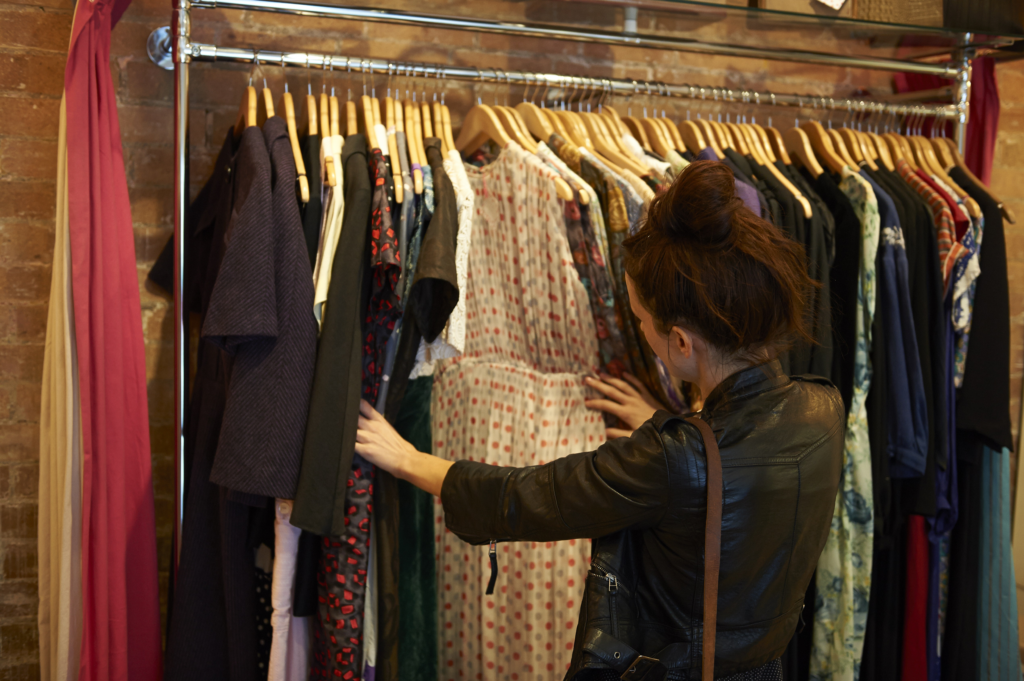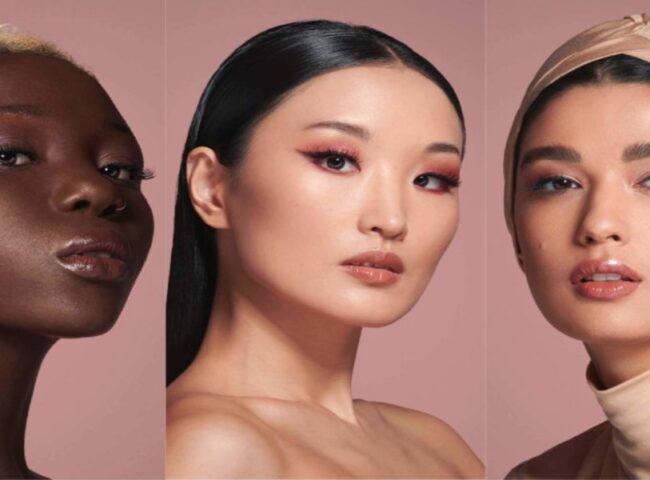Vintage fashion has made a remarkable comeback in recent years, with fashion enthusiasts and trendsetters embracing the charm of bygone eras. Thrifting for vintage clothing can be an exciting and sustainable way to add unique pieces to your wardrobe while also celebrating the history of fashion. In this comprehensive guide, we will explore the world of vintage fashion, offering tips on thrifting, styling, and preserving these timeless pieces.
Thrifting for Vintage Fashion
1. Understanding Vintage vs. Second-hand
– Vintage refers to clothing that is at least 20-30 years old and typically represents a particular era’s style.
– Second-hand clothing, on the other hand, can be any previously worn clothing, including contemporary pieces.
2. Research and Preparation
– Before you start thrifting, research the fashion eras you are interested in (e.g., 1960s mod, 1970s boho, 1980s punk).
– Make a list of specific items or styles you’re searching for to stay focused while thrifting.
3. Selecting Thrift Stores
– Seek out thrift stores, consignment shops, flea markets, and vintage boutiques in your area.
– Check online platforms like eBay, Etsy, or vintage-specific websites for a broader selection.
4. Inspecting and Assessing Quality
– Examine clothing for signs of wear, damage, or alterations.
– Look for high-quality materials, stitching, and labels to ensure authenticity.
5. Sizing and Fit
– Be prepared for sizing variations between eras; vintage sizes may differ from modern ones.
– Try on items or take accurate measurements to ensure a good fit.
6. Budgeting
– Vintage shopping can be budget-friendly, but prices can vary widely. Set a budget to avoid overspending.



Styling Vintage Fashion
1. Mixing Vintage with Modern
– Blend vintage pieces with modern clothing to create a balanced, contemporary look.
– Use vintage accessories to add a unique touch to everyday outfits.
2. Layering and Textures
– Experiment with layering vintage pieces to create depth and dimension in your outfits.
– Mix different textures to create interesting contrasts.
3. Creating Themed Outfits
– Embrace the aesthetics of specific eras to create themed outfits.
– For example, go for a 1950s-inspired look with a vintage tea dress, cat-eye sunglasses, and a retro hairstyle.
4. Accessorizing
– Vintage accessories like hats, scarves, and jewellery can elevate your outfit.
– Pay attention to details like gloves, handbags, and shoes to complete your vintage look.
5. Caring for Vintage Clothing
– Follow care instructions on vintage labels, or consult with a professional cleaner for delicate pieces.
– Store vintage items properly to prevent damage, such as using garment bags and acid-free tissue paper.
6. Tailoring and Alterations
– If you find a vintage piece you adore but it doesn’t fit perfectly, consider having it tailored.
– Alterations can modernize the fit while preserving the vintage charm.



Maintaining and Preserving Vintage Fashion
1. Proper Storage
– Store vintage clothing in a cool, dry place away from direct sunlight.
– Avoid hanging heavy garments, as they may stretch over time.
2. Regular Inspection
– Periodically inspect your vintage pieces for signs of deterioration, such as fabric weakening or discoloration.
– Address any issues promptly to prevent further damage.
3. Avoid Harsh Cleaning
– Be cautious with cleaning vintage clothing; dry cleaning might not be suitable for all items.
– Handwashing with gentle detergents is often a safer option.
4. Repairs
– If a vintage piece experiences minor damage, consult a professional tailor or seamstress for repairs.
– Avoid DIY repairs that could worsen the issue.
5. Documentation
– Keep records of your vintage pieces, including their purchase date, condition, and any alterations.
– This information can be valuable for insurance purposes and future reference.








